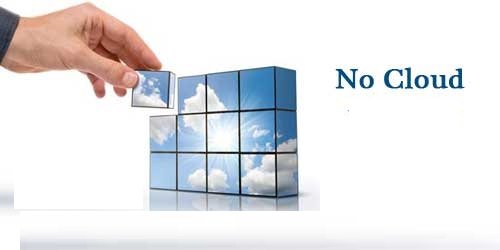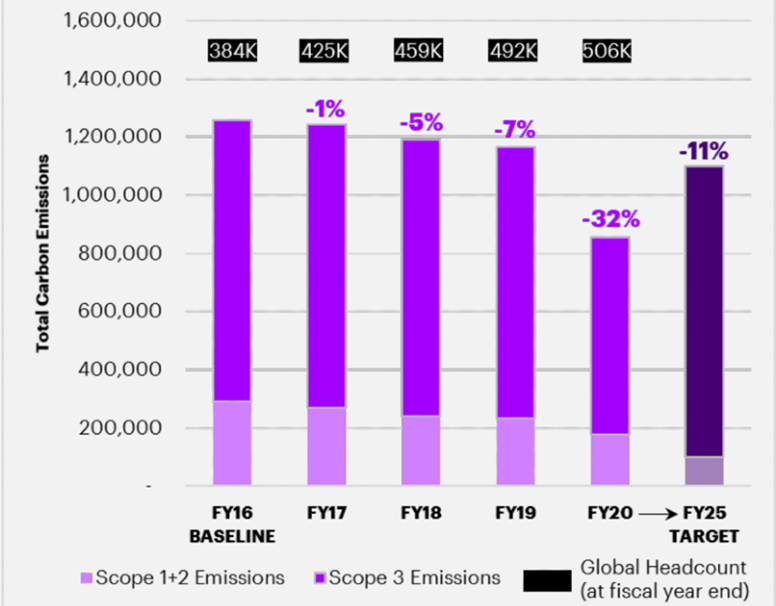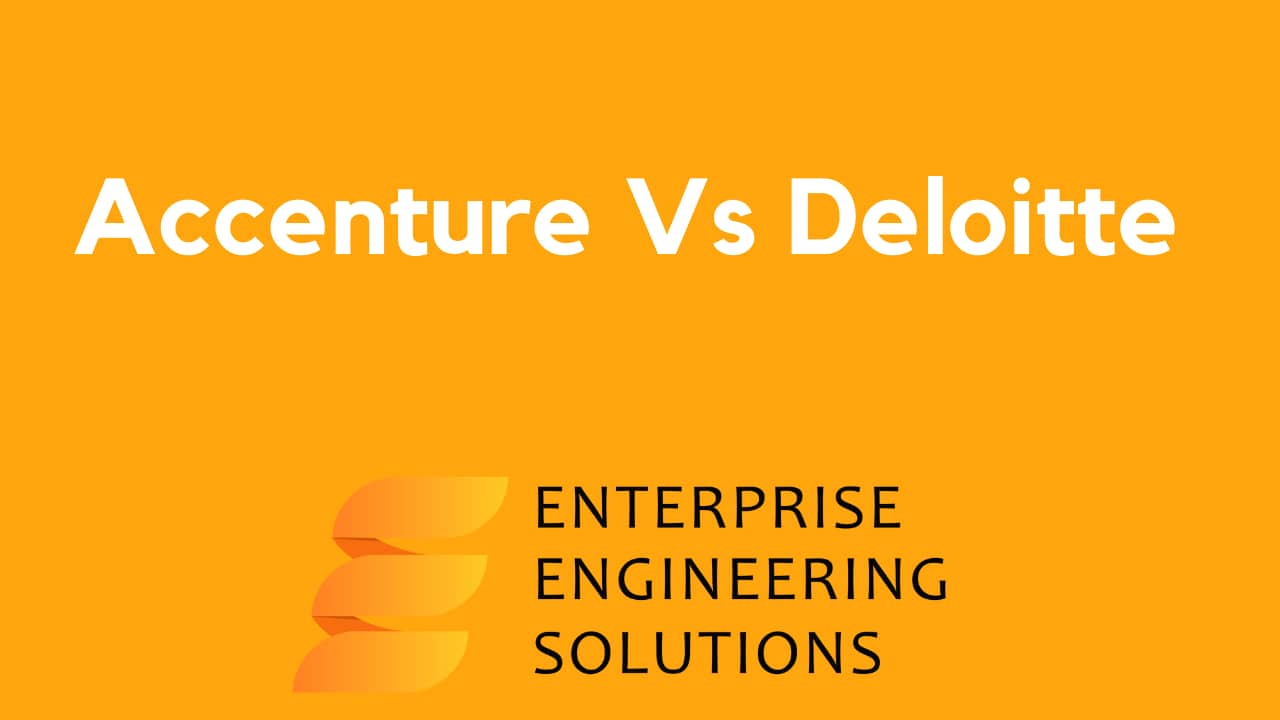A legal company can profit from working with a cloud provider in a variety of ways. Some of the benefits include cost savings, remote access, increased organizational efficiency, and increased flexibility and scalability. Unfortunately, many law firms remain wary of cloud technology due to concerns about sensitive client data, governance, and potential civil repercussions from data privacy regulations.
According to Thomas Reuters, cloud computing is used by just 51% of the 79 AM Law 200 businesses that participated to ALM’s 2015 AM Law Tech Survey. Moving to the cloud makes good sense; in this article, we’ll examine three of the most frequent cloud issues and how to address them.
Security of Client Data
According to an ALM survey, 86 percent of law firms stated security issues were the most challenging problem they faced when moving their computer resources to the cloud. Client information and cases are kept secret by law firms as a service to their clients. Any legal officer would be hesitant to hand out such sensitive material.
To keep your company safe, be sure the supplier you pick has a good reputation and can fulfill your security requirements. Inquire about your provider’s security measures and data protection legislation. Many people are shocked to find that providers do not have access to their data despite hosting their data and infrastructure. Your information is encrypted and kept secure. It’s like giving someone a book to preserve and care for but not allowing them to read or view the pages. Using a trustworthy service provider provides your company with security benefits that most legal firms do not have in-house.
Data Privacy Laws Implementation
Many lawyers have expressed their apprehension regarding cloud migration due to data privacy legislation’s possible legal ramifications. Many nations have regulations controlling the flow of information and cloud usage. For example, they may limit the types of data that may leave the country, and many areas may have ethical standards for cloud usage that can harm an organization’s reputation if they are not followed.
To begin, your law firm should be familiar with your jurisdiction’s legal standards. Speak with your cloud service provider and express your worries. Your supplier should be able to work with you to ensure that you’re completing your responsibilities and offer professional guidance.
Fear of Abandoning Control
Most organizations are apprehensive about handing up essential business apps and data. Many people are concerned that if they host their data elsewhere, they will lose control. According to an ALM poll, the fear of losing control over data is the second largest barrier to law firms moving their computer resources to the cloud (61 percent ).
Discuss your issues with your potential supplier; the dialogue should focus on your problems and how the various stakeholders may share control while keeping robust supervision.
Your IT staff may focus on duties that advance the company and foster innovation by delegating control or administration of your cloud. You and your provider can devise a plan that addresses your concerns while allowing you to maintain the level of control you require.
Confidentiality
Customers should ensure that they get sufficient assurances about which vendor staff will have access to private information (including customer data) and what actions the vendor will take to protect that information’s confidentiality. Data is king, and this clause merits a lot of attention.
Indemnities; Representations and Guarantees
These clauses, while esoteric, maybe the most essential in terms of possible hazards. A representation is a past or current statement of reality, but a guarantee is a promise. Typical representations and warranties should state that no intellectual property rights (IPR) infringement claims are active or threatened (after all, who wants legal issues from day one?) and cover continuous noninfringement, performance (as to the underlying software), and data security and privacy.
Breach of a warranty will usually result in a limited remedy, which will preclude alternative therapies, such as monetary damages. As a result, make sure that the little treatment makes financial sense and will suffice. It’s also worth noting that cloud providers frequently seek client reps and warranties, particularly those related to the customer’s data. The buyer must be cautious about the data sources it uses or risk being held liable for that purpose.
A contractual duty to reimburse a party for a loss is known as an indemnity. As a result, an indemnity would refund the cloud customer if a third-party IP right, such as a patent, copyright, or trademark, was infringed upon by its usage of the service. Because these cases (particularly patent suits) are expensive, it’s essential to ensure you’re fully insured.












